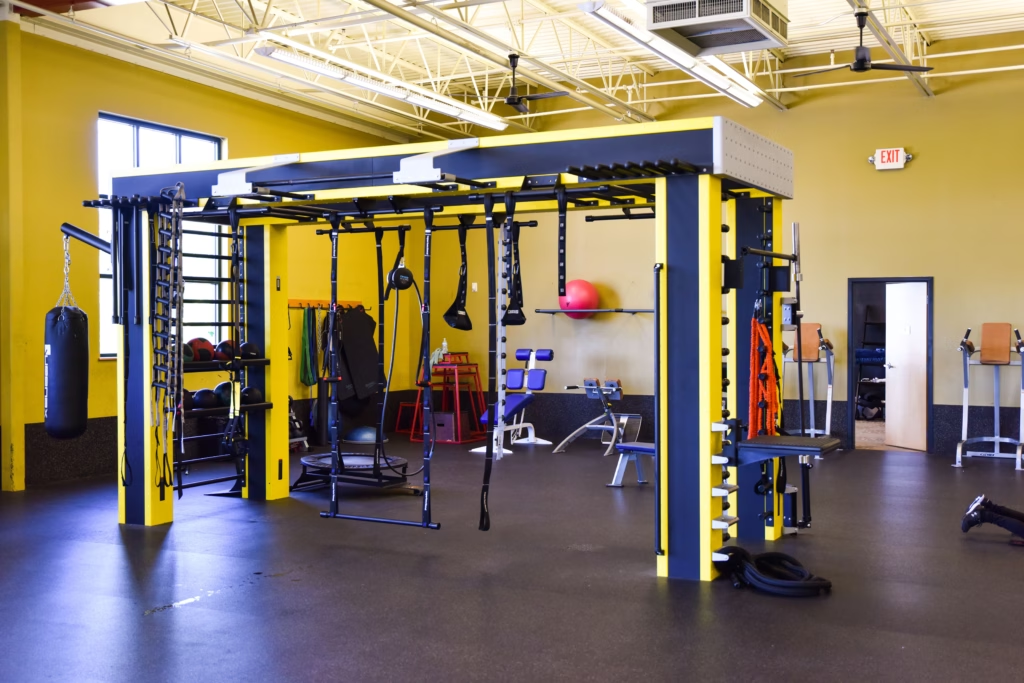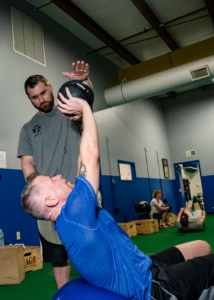Injuries happen to everyone, from weekend warriors to elite athletes. The frustrating part isn’t just the pain – it’s watching your hard-earned fitness slip away while you sit on the sidelines. The good news? Most injuries don’t require complete rest from all physical activity.
Smart training modifications can help you maintain fitness, preserve movement patterns, and even accelerate recovery when applied correctly. The key lies in understanding the difference between working around an injury and working through one.
Understanding Pain vs. Injury
Sharp, shooting pain signals actual tissue damage and demands immediate attention. This type of pain tells you to stop what you’re doing and seek professional evaluation before continuing any exercise program.
Dull, achy sensations often indicate muscle tension, minor inflammation, or movement dysfunction rather than serious injury. These feelings might improve with gentle movement and proper warm-up protocols.
Understanding the difference helps you make informed decisions about exercise modifications. When in doubt, consult healthcare professionals rather than pushing through questionable discomfort that could worsen your condition.
Lower Body Injury Modifications
Knee problems often respond well to upper-body focus and non-impact activities. Swimming, seated exercises, and upper body strength training can maintain fitness while protecting healing knee structures.
Lower back issues typically improve with careful movement rather than bed rest. Hip hinge movements, core stabilization exercises, and gentle mobility work often provide relief while preserving strength.
Ankle injuries benefit from seated variations of standing exercises. Chair-based workouts eliminate weight-bearing stress while maintaining muscle activation in unaffected areas.
Upper Body Injury Modifications
Shoulder impingement requires avoiding overhead movements while maintaining function in pain-free ranges. Focus on lower body training, core work, and carefully designed shoulder blade exercises that minimize aggravation of symptoms.
Wrist pain often stems from repetitive stress or poor positioning. Modify grip positions, use straps for pulling exercises, and emphasize exercises that don’t require wrist support.
Neck strain responds well to gentle movement and posture correction. Avoid exercises that crane your neck or require looking up for extended periods.
Programming Principles for Injury
Work within pain-free ranges of motion exclusively. If an exercise hurts, modify the range, reduce the load, or choose a different movement entirely.
Load management becomes crucial during injury recovery. Start with lighter weights or resistance than you think you need, then progress gradually as tolerance improves.
Cross-training opportunities often emerge during injury periods. A runner with a stress fracture can focus on upper body strength, while someone with shoulder issues can emphasize lower body power.
Stay Strong Through Setbacks
At Platinum Fitness, our trainers specialize in designing modified programs that work around injuries while maintaining your fitness progress. We understand how to adapt exercises, manage loads, and create effective alternatives that keep you moving safely.
Through personal training, you’ll learn how to navigate injuries intelligently while preserving the gains you’ve worked hard to achieve. Contact us today to discover how smart modifications can keep your fitness journey on track even during challenging setbacks.



